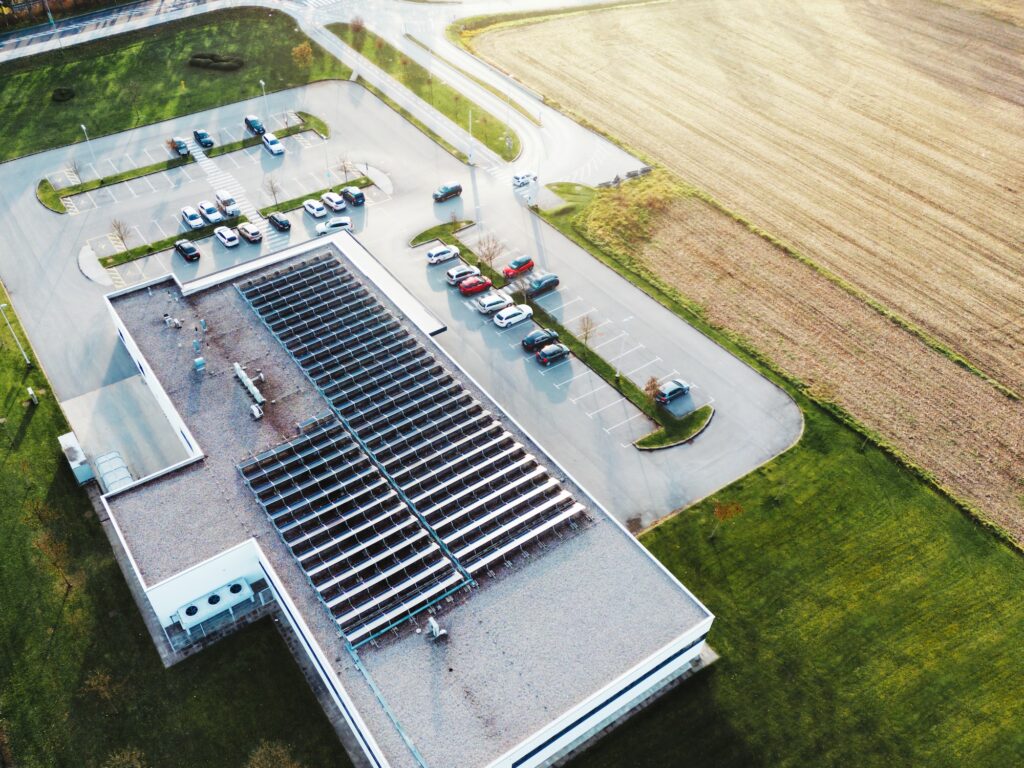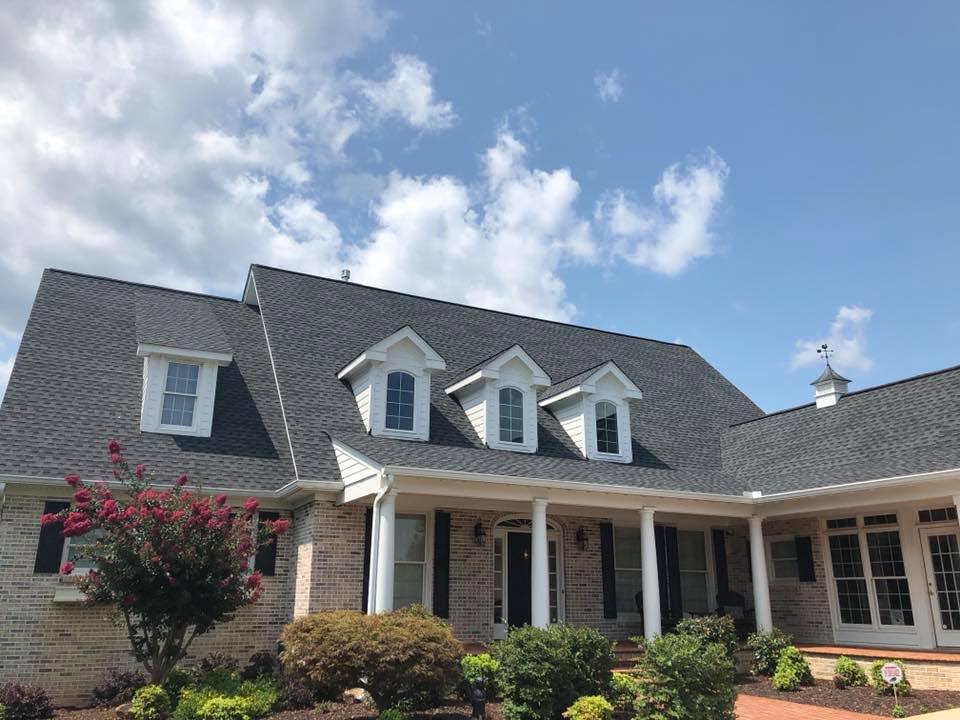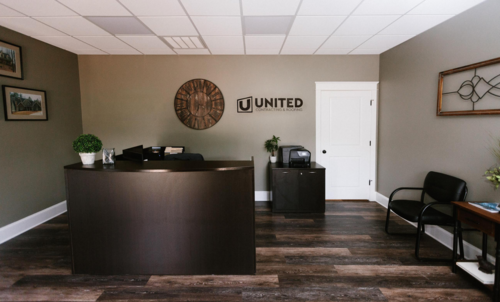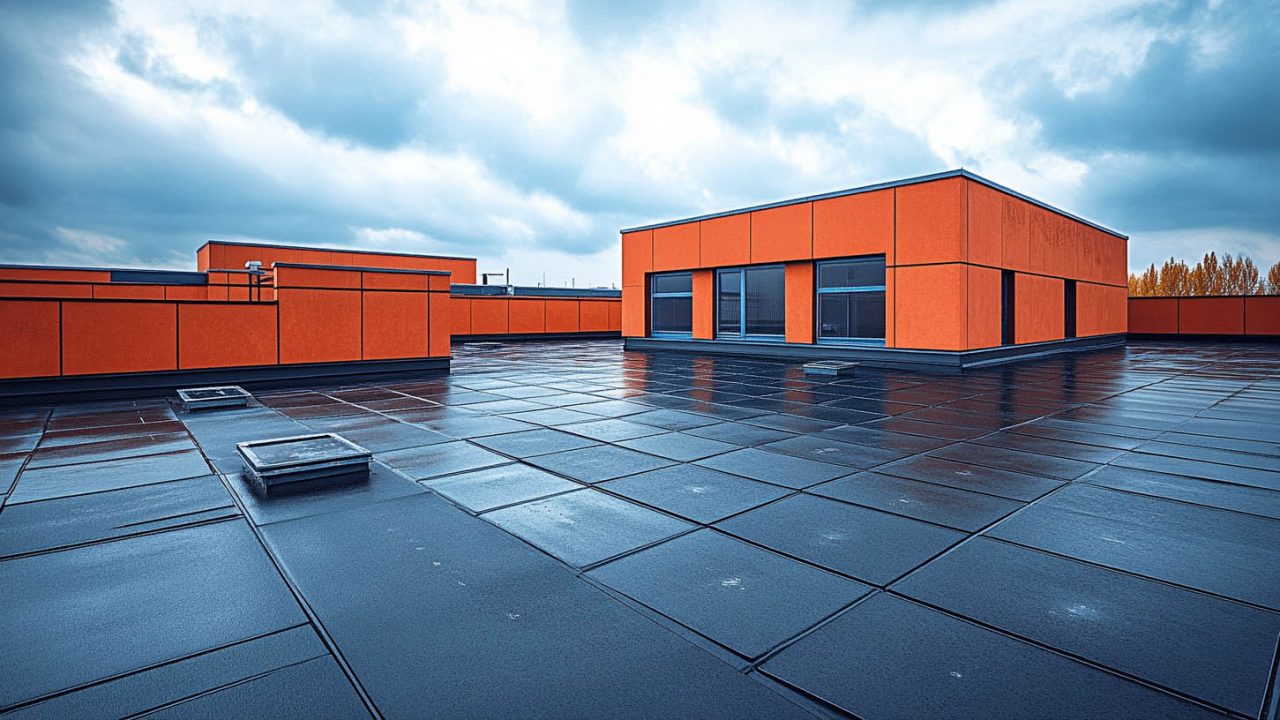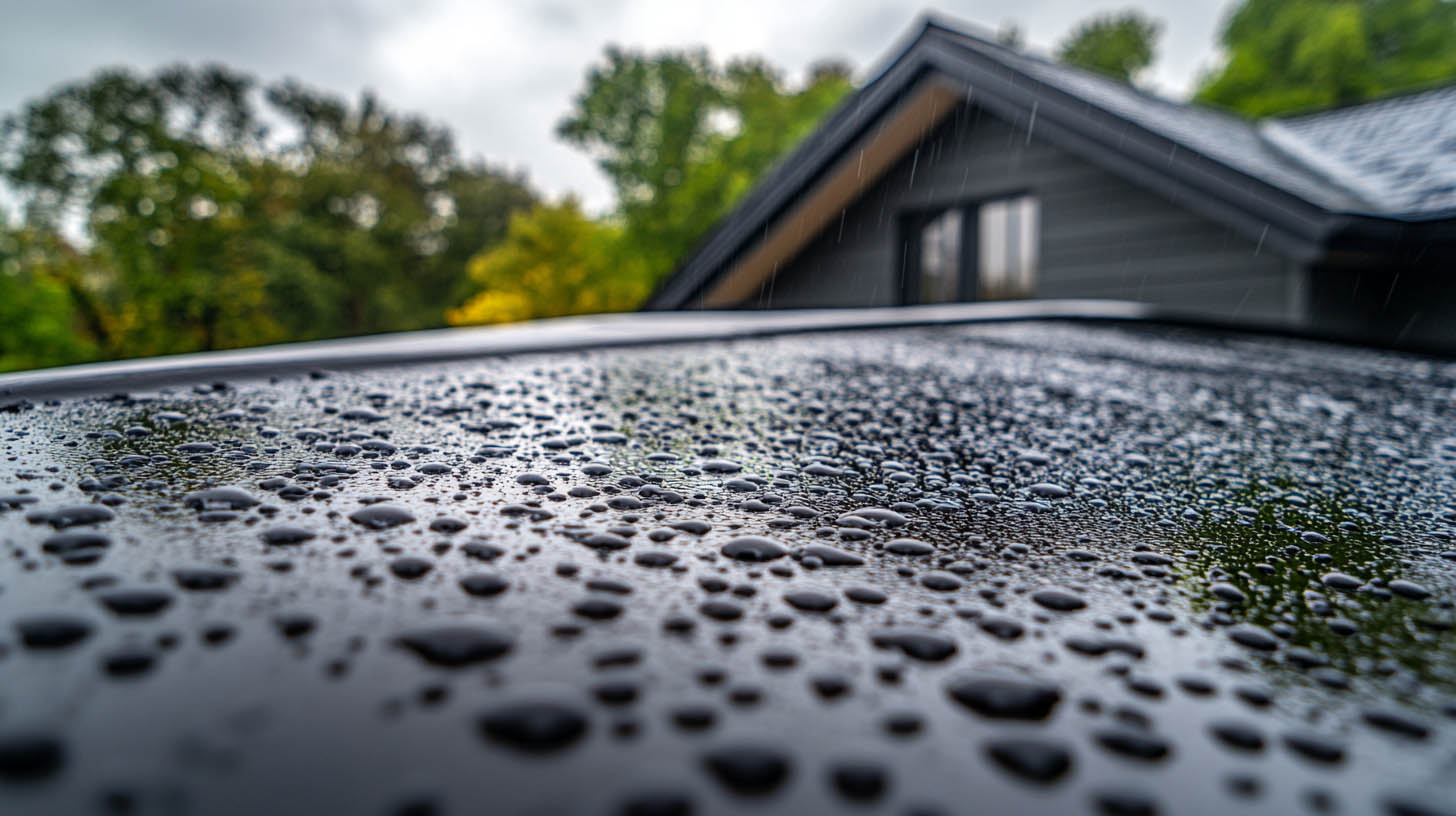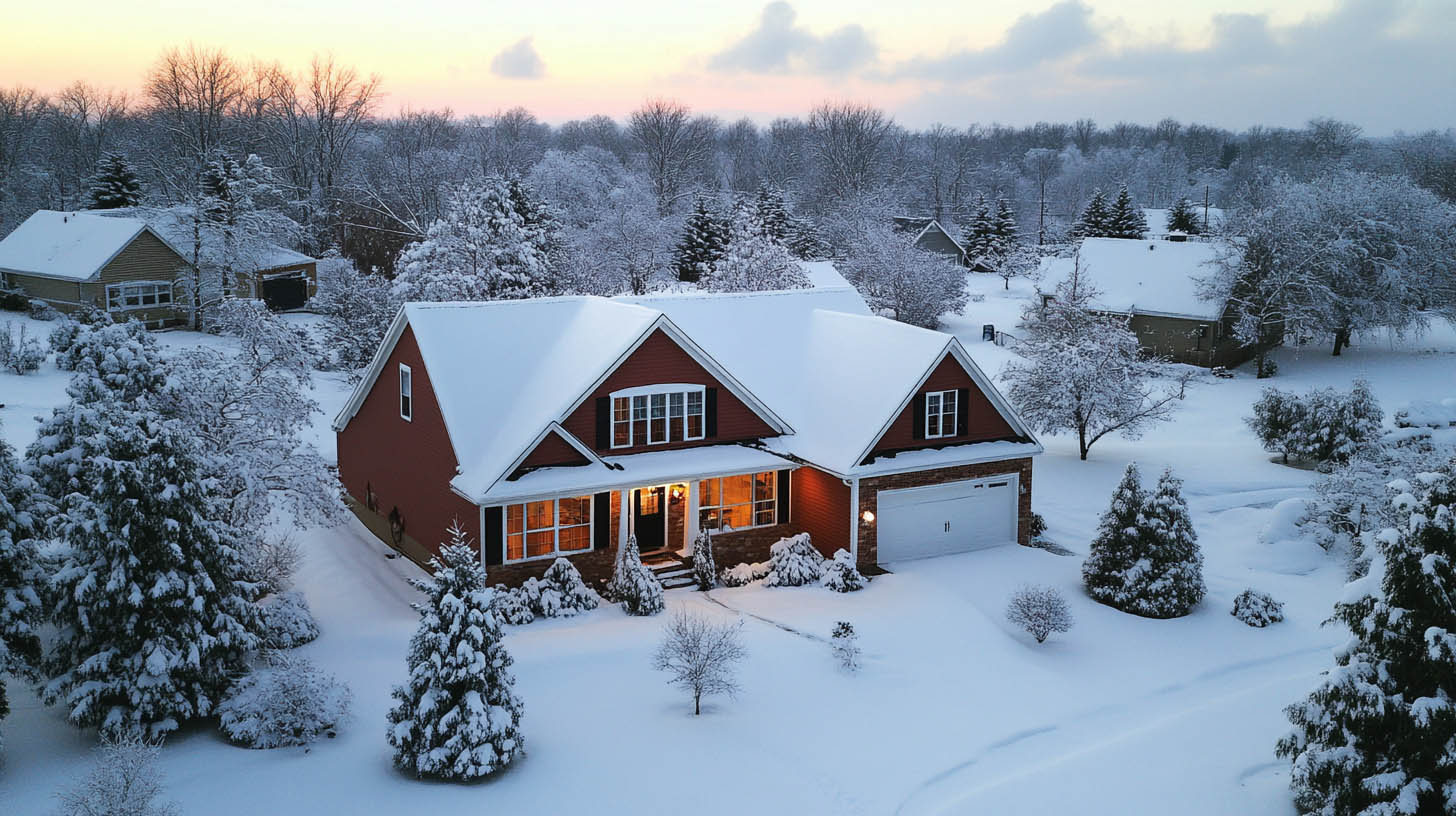United Contracting & Roofing LLC in Greenville, SC, is dedicated to helping you maintain your commercial roof in top condition. Here are the eight most common commercial roofing problems you should be aware of and address promptly.
1. Roof Leaks
Roof leaks are a significant issue that can cause severe damage to your building’s interior and compromise safety. Regular inspections and maintenance are essential to prevent leaks and ensure the integrity of your roof. This includes replacing damaged shingles, verifying insulation, and checking and resealing areas prone to leaks, such as around vents, chimneys, and skylights. By addressing these issues proactively, you can protect your building from water damage, mold growth, and structural deterioration, ultimately saving on costly repairs and ensuring a safe environment for occupants.
2. Pooling Water
Poor drainage can lead to water accumulating on your roof, creating pools or puddles. This pooling water can add significant weight to your roof, causing it to sag and potentially leading to leaks. To prevent these issues, ensure that gutters and downspouts are cleaned thoroughly and regularly. Proper maintenance of your drainage system helps water flow off the roof efficiently, reducing the risk of structural damage and prolonging the roof’s lifespan. Regularly inspecting and maintaining these components can prevent costly repairs and ensure the roof remains in optimal condition.
3. Shrinkage
Shrinkage causes your roof to pull away from the building’s edges, leading to structural damage and water ingress. Regular maintenance and ensuring correct installation, sealing, and anchoring can prevent shrinkage.
4. Damaged Flashing
Flashing seals the roof’s corners and edges to prevent leaks. If the flashing is worn, damaged, or incorrectly installed, water can enter the building, leading to significant damage. Regular inspection and the correct application and repair of flashing are key to avoiding moisture penetration. Ensuring the flashing is in good condition helps maintain the roof’s integrity, preventing costly repairs and extending the roof’s lifespan. This proactive approach safeguards the building’s structure and contents from water damage.
5. Improperly Performed Repairs
DIY repairs or unskilled contractor repairs can worsen problems instead of fixing them, leading to more significant structural issues. Hiring professional roofing contractors, like United Contracting & Roofing LLC, ensures repairs are done correctly and safely.
6. Poor Workmanship
Incompetent roofing installation, weak materials, and substandard products can severely affect your roof’s lifespan. Ensure you hire licensed and certified contractors who use top-quality materials and have a good reputation in the industry.
7. Lack of Maintenance
Regular inspection, cleaning, and maintenance of your commercial roof can prevent small issues from becoming severe and expensive repairs. By promptly addressing minor problems like debris buildup, leaks, and wear, you can maintain the roof’s integrity and functionality. A proactive maintenance plan is essential for extending your roof’s lifespan, ensuring it provides reliable protection for your building. This approach not only saves money in the long run but also minimizes disruptions to your business operations.
8. Punctures or Structural Damage
Commercial roofs can be damaged by weather or occupant activities, such as dropped tools or heavy equipment. Regular inspections are crucial to identifying and remediating issues before they worsen or threaten safety. Timely detection of potential problems, such as punctures, cracks, or structural weaknesses, allows for prompt repairs, preventing further damage and ensuring the roof’s integrity. Regular maintenance not only extends the roof’s lifespan but also safeguards the building’s occupants and assets.
Conclusion
Avoiding common commercial roofing problems through regular inspections, maintenance, and prompt repairs is crucial for protecting your business, employees, and customers. For more on Essential FAQs About Commercial Re-Roofing, click here.

